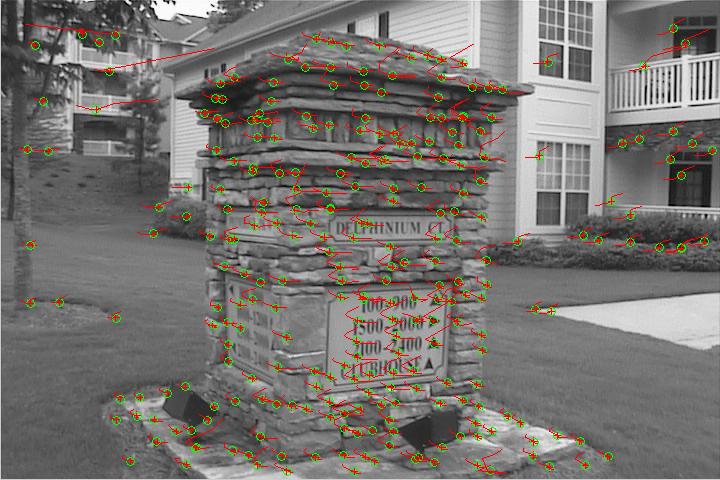Thesis: Drew Steedly PhD (2004): "Rigid Partitioning Techniques for Efficiently Generating 3D Reconstructions from Images"
Drew Steedly (2004)“Rigid Partitioning Techniques for Efficiently Generating 3D Reconstructions from Images”PhD Thesis, Georgia Institute of Technology, College of Computing. (Advisor: Irfan Essa) [PDF] [URI]
Abstract

This thesis explores efficient techniques for generating 3D reconstructions from imagery. Non-linear optimization is one of the core techniques used when computing a reconstruction and is a computational bottleneck for large sets of images. Since non-linear optimization requires a good initialization to avoid getting stuck in local minima, robust systems for generating reconstructions from images build up the reconstruction incrementally. A hierarchical approach is to split up the images into small subsets, reconstruct each subset independently and then hierarchically merge the subsets. Rigidly locking together portions of the reconstructions reduces the number of parameters needed to represent them when merging, thereby lowering the computational cost of the optimization. We present two techniques that involve optimizing with parts of the reconstruction rigidly locked together. In the first, we start by rigidly grouping the cameras and scene features from each of the reconstructions being merged into separate groups. Cameras and scene features are then incrementally unlocked and optimized until the reconstruction is close to the minimum energy. This technique is most effective when the influence of the new measurements is restricted to a small set of parameters. Measurements that stitch together weakly coupled portions of the reconstruction, though, tend to cause deformations in the low error modes of the reconstruction and cannot be efficiently incorporated with the previous technique. To address this, we present a spectral technique for clustering the tightly coupled portions of a reconstruction into rigid groups. Reconstructions partitioned in this manner can closely mimic the poorly conditioned, low error modes, and therefore efficiently incorporate measurements that stitch together weakly coupled portions of the reconstruction. We explain how this technique can be used to scalably and efficiently generate reconstructions from large sets of images.

